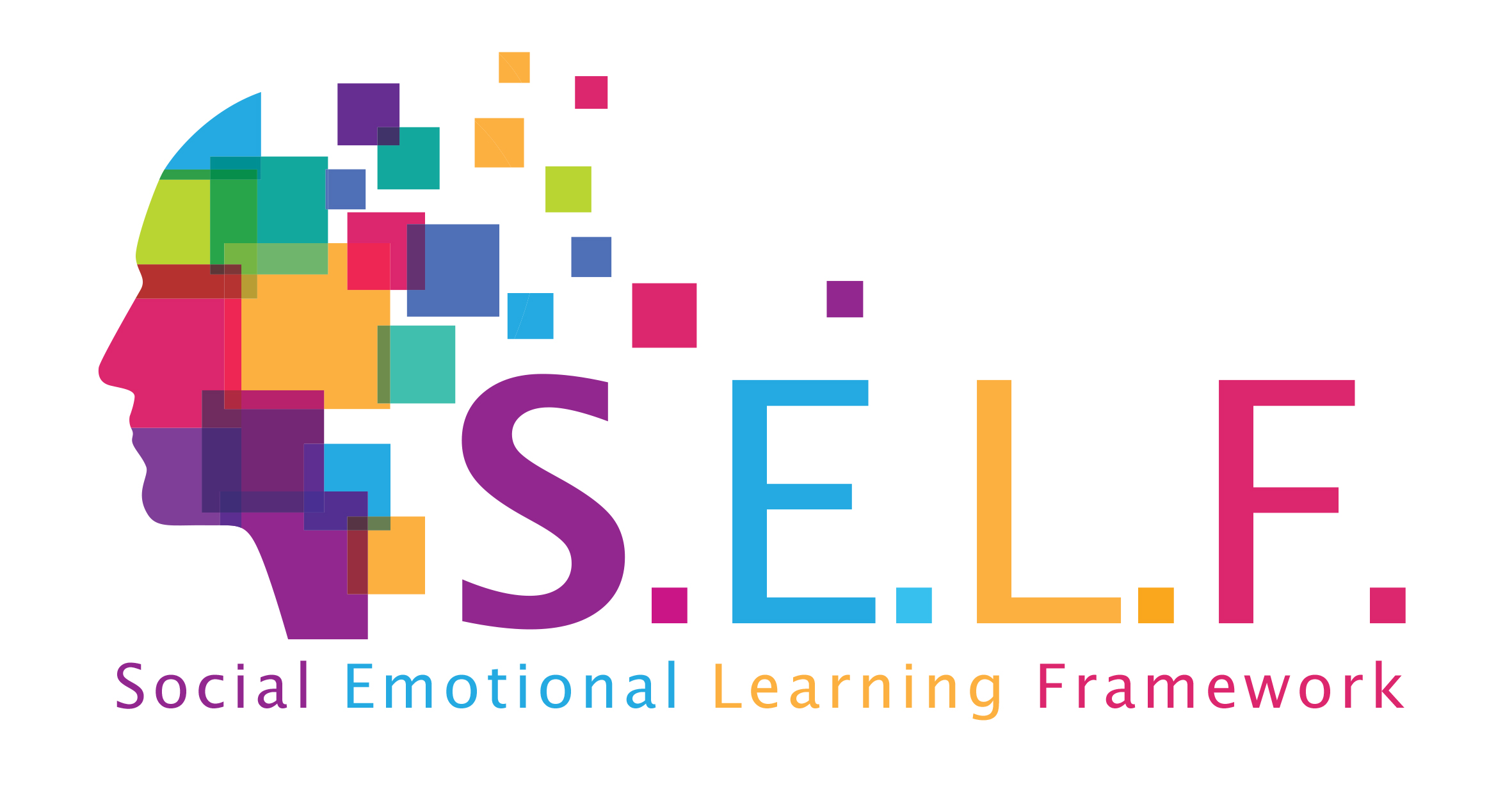Mutual Experiences – Different Needs
Practice:
The teacher provides the same case study to all the children. It may be that the teacher assigning a role that the child thinks s/he cannot do in the research activity.
After the children are given the same case study, they focus on the need expressions that were put on the floor. Need expressions are determined and prepared priorly by the teacher.
Examples for needs: Solidarity, space, community, freedom, trueness, silence, effectiveness, game, air, grieving, intimacy, being considered, creativity, meaning, vitality, shelter, love, responsibility, balance, fun, trust, protection.
Children are asked to replace the character in the case study and asked; “Which need of yours would or would not be met if you were in this character’s shoes?”.
Children are asked to determine a need without touching the expressions on the floor. When sharing thoughts, it can be observed that even in the same case, a different need of ours can be met.
When to Use
Age Level
Duration
35 mins
Materials
Related Areas of Social-Emotional Learning
Purpose
Helping them realize that even though our lives are mutual, our needs can be different, and supporting them to develop an inclusive approach and language for diversity.
